Piolets d'Or Announces the "Significant Ascents" of 2023
This list of 68 climbs is effectively a "long list" used to select nominees of the prestigious alpine award.
For generations of Himalayan enthusiasts, Indian photographer Ashok Dilwali's images are a critical record of one of Earth's most renowned ranges, and a changing landscape

With over 300 trips to the Himalayas over three decades resulting in work published in 25 books, landscape and nature photographer Mr. Ashok Dilwali often needs no introduction to anyone familiar with images of the Himalaya. Based in New Delhi, India, Mr. Dilwali is well-known and feted, the recipient of the Lifetime Achievement Award in the 7th National Photography Awards, a member of the Indian Mountaineering Foundation and a Fellow of the Royal Geographical Society. During the interview with The Outdoor Journal, we get an insight into Mr. Dilwali’s personal vision and philosophy, and stories from his early experience and adventures.
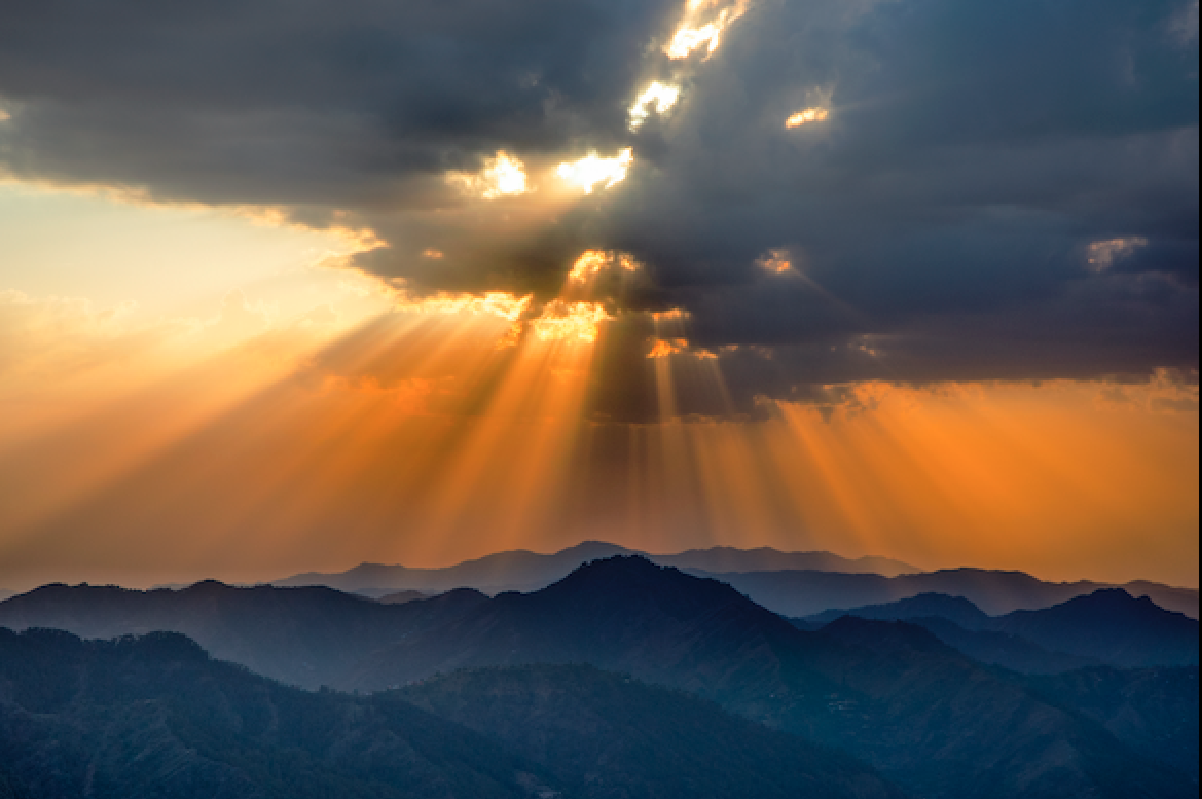
TOJ: What was your journey like, from owning a camera at a young age, to running a studio and then going trekking into the Himalaya?
AD: Since my father was a professional photographer and owned two leading studios in New Delhi, it was natural for me to get exposure to his profession. At age eight my journey began when he gifted me a Baby Brownie camera. I was a very enthusiastic hobbyist in my school days and on every school outdoor trip I was in charge of taking images and then making an album for my school (Modern School in New Delhi). Our principal, late MN Kapur Sahib encouraged me in this a lot along with my father's guidance from time to time, with healthy criticism.

Though I qualified as a Chartered Accountant from AF Ferguson & Co., Bombay, I chose my father's profession, and the responsibility of running Kinsey Bros., in Connaught Place, devolved to me. It was a studio specializing in portraiture and hence all my energy went into learning the intricacies of portraiture, which was my main occupation. Then in 1979, my life took a new turn when I went for a trek to Sikkim and then fell in love with it. As it grew on me, I found that my health improved a lot along with the immense satisfaction of being in the lap of the Himalayas. Then there was no looking back and I combined my studio life with trekking and travels in the Himalayas.
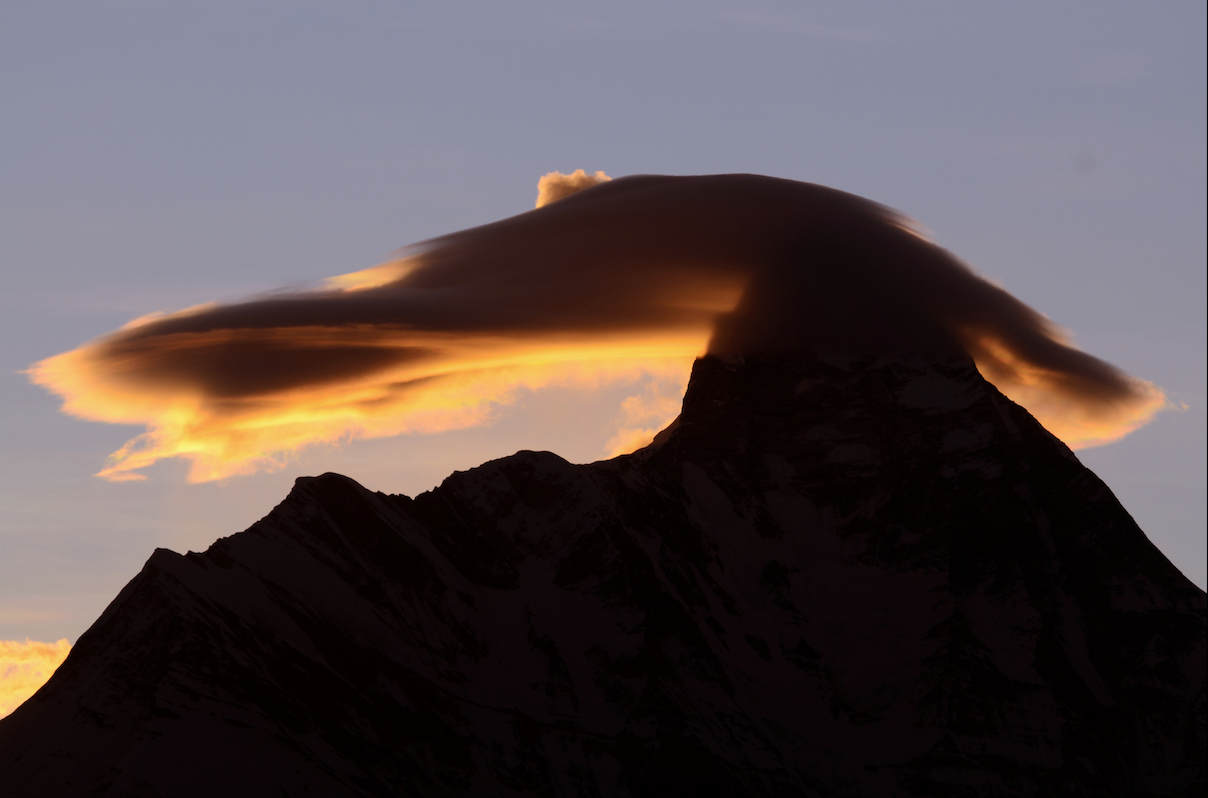
You are one of the pioneers of night outdoor photography in India. Can you tell us more about that experience?
Moonlight and Low light Photography has been my forte since 1984 with very long exposures from half to four hours. To the best of my knowledge, nobody was doing that in India and I found it most interesting when I saw my pioneering efforts. It was a lucky accident in April 1984 when my friend challenged me to take a photo of Nanda Devi in the moonlight! I took it in a jest with an exposure of about one hour but was most pleasantly surprised to see a perfect exposure after processing the films. It opened up a new field for me and for many years I shot moonlight landscapes with large cameras like Linhof and Fuji 6x17 cm cameras.

Now I have published a book on Moonlight Photography which is obviously a first of its kind. In digital technology, even a child of ten can take moonlight images but in the film era, it was a Herculean task as no camera or handheld meter gave a correct exposure. By trial and error and sheer experience, I learnt the technique of long exposures. It was a very demanding thing as the whole day I was driving and taking pictures and had to remain awake for a good part of the night to indulge in this moonlight work. The bitter cold was a major problem because all my work was in the winter months as in summers, the haze makes landscapes unpleasant. So I had no choice but to work in winters!
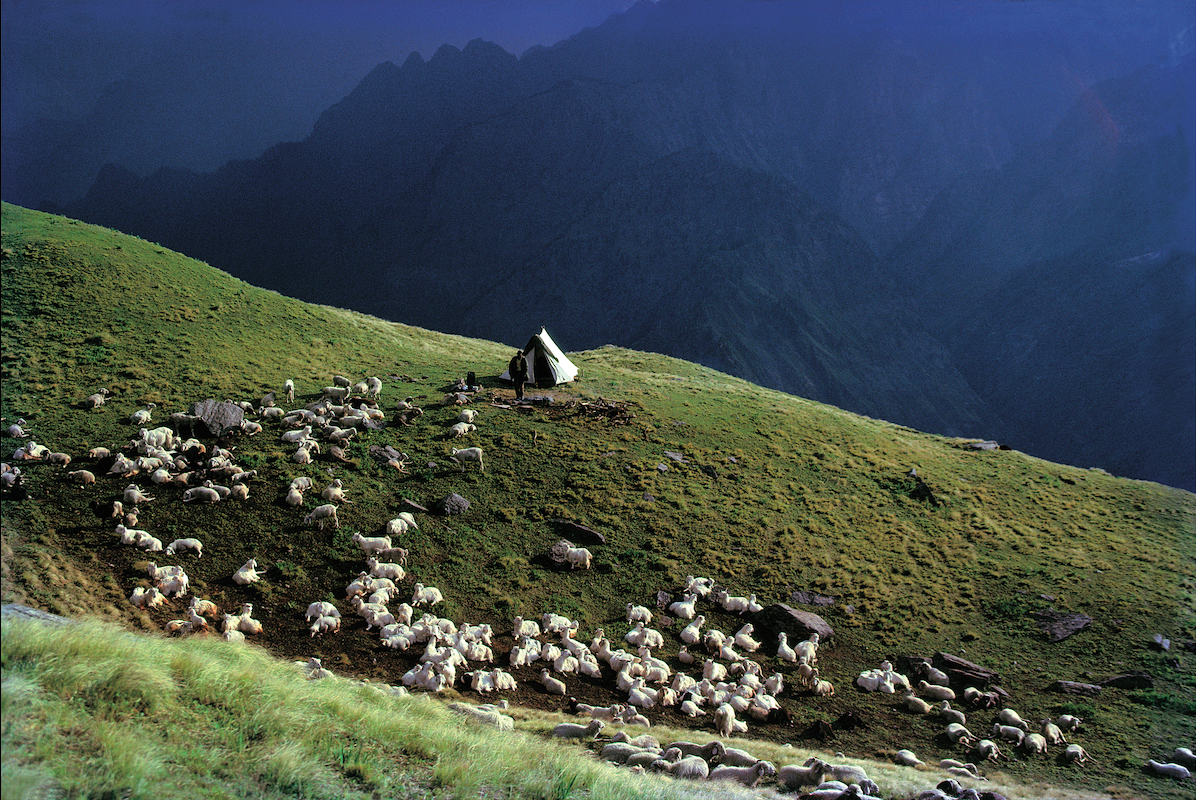
You've said, "Trekking is a medicine that comes with a date of expiry." Could you please elaborate?
This advice was given to me by the late Mr. P.N.Mehra Sahib with whom I did my first trek in Sikkim. He was my father's friend. By medicine, he meant that trekking will improve your health, which it actually did and secondly it comes with a date of expiry.

A time comes in life when you have to give it up, for a variety of reasons like heart issues, aging knees and other health issues like declining stamina. So one cannot do it forever and one day you have to hang your boots. This happens to all of us at some point in time or another.
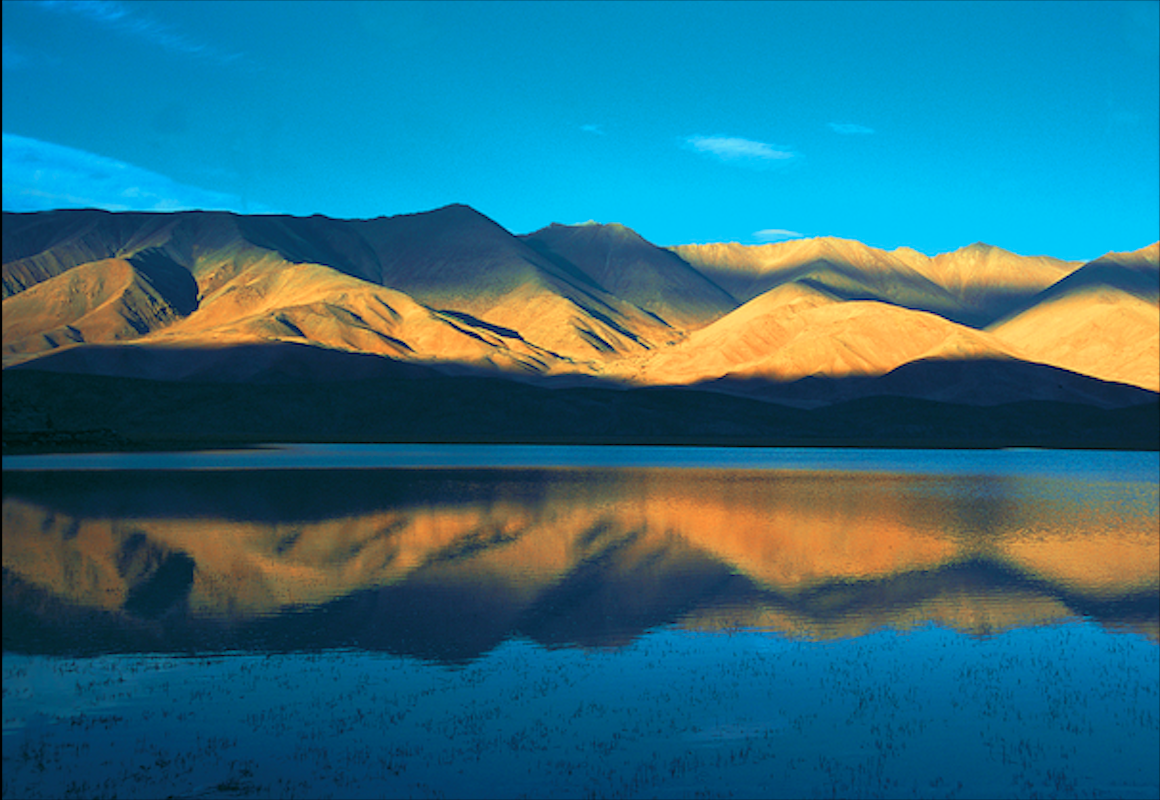
Who have been your mentors and inspirations in the field of photography?
First and foremost has my beloved father, late Mr. B.K. Dilwali, who taught me the basics of photography. Without him, I could not have done anything. He kept pointing out shortcomings in my work right till the end. It was a bitter medicine but I had to take it! I miss that now so much as so many are just having good words but no pointing out what could have been done in a better way. It is a very difficult situation today to find a mentor who will guide you to take better pictures.

From the very beginning, I have been greatly influenced by Ansel Adams and his black and white images of nature and by Nicholas Roerich about his paintings of nature. By the grace of God, I have done books dedicated to them, with images of my own that resemble or come close to their style of pictures and paintings.
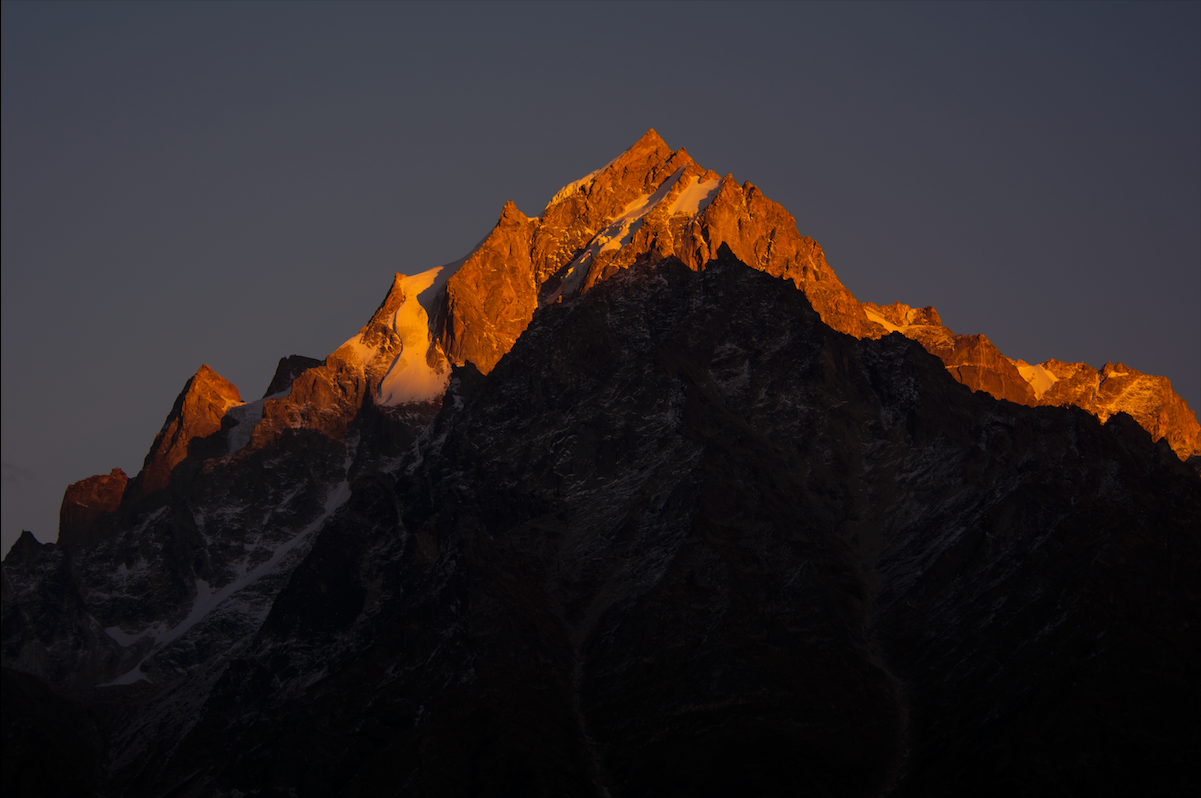
Do you have any advice for young photographers out there?Youngsters are in a very privileged situation today! When I began my work, there was not a single school teaching photography. I had to subscribe to very expensive magazines and buy expensive books to learn photography. Today one has access to the internet and everything is available on the net. This has led to great ease in learning but also raised the bar! Everyone with a smartphone is a photographer but the question remains, how many take photography seriously or they are just taking them for fun and to frolic?

To improve, one can see the work of great photographers and get inspiration. No need to buy expensive books as I had no alternatives then. My advice would be to learn from the works of great photographers and experiment with new techniques. There is no end to learning and this is a lifelong experience to keep improving.
Find him on Facebook here: Ashok Dilwali Photography
Photo Credits: Mr. Ashok Dilwali
2nd best newsletter in the universe